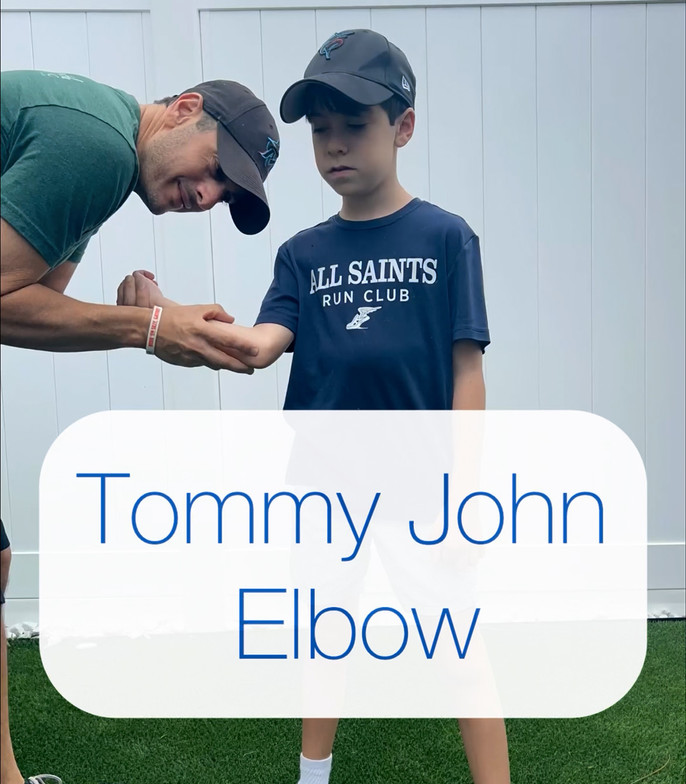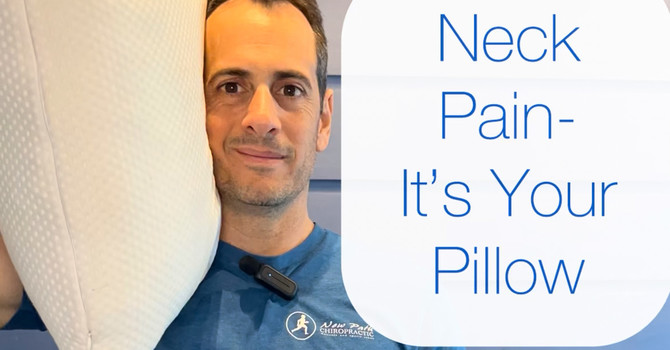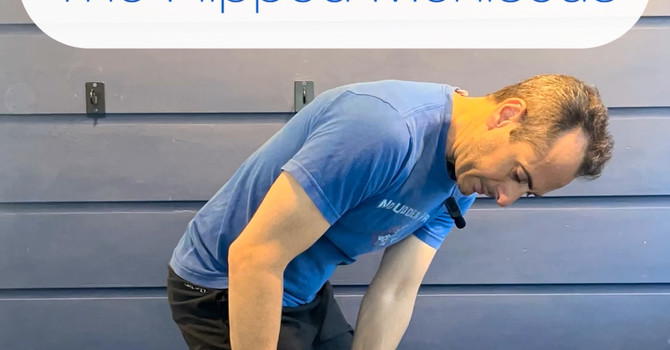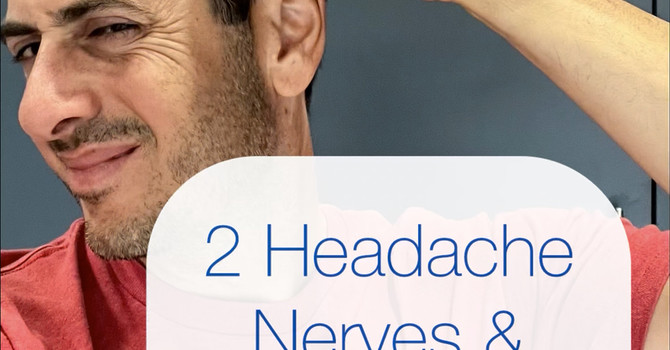
When it comes to elbow injuries in throwers, few are as common — or as infamous — as the ulnar collateral ligament (UCL) injury, often known as the “Tommy John” injury. Whether you’re a baseball pitcher, quarterback, or anyone who generates high velocity through your arm, this small but powerful ligament plays a massive role in elbow stability.
What Is the UCL?
The UCL sits on the inside of your elbow, connecting your upper arm bone (humerus) to your forearm bone (ulna). It’s made up of three bundles — anterior, posterior, and transverse — with the anterior bundle providing most of the joint’s stability.
Its main job? To resist valgus stress — that outward pulling force that happens every time you throw or swing hard.
The Ulnar Nerve Connection
Running right beside the UCL is the ulnar nerve — the same nerve responsible for that “funny bone” sensation when you bump your elbow. When the UCL gets stretched or torn, the ulnar nerve can become irritated or compressed, leading to:
-
Tingling or numbness down the forearm
-
Weakness in the hand or grip
-
Pain along the inside of the elbow
How UCL Injuries Happen
Most UCL injuries result from repetitive throwing stress. Each throw places significant torque through the elbow joint, and over time, microtears can accumulate. Left unchecked, these small tears can lead to a partial or full rupture, often requiring surgical repair — known as Tommy John surgery.
Athletes most at risk include:
-
Baseball pitchers
-
Quarterbacks
-
Tennis players
-
Golfers and other rotational athletes
When to Pay Attention
If you’re experiencing inside elbow pain, loss of throwing velocity, or tingling down your arm, don’t ignore it. These are often early warning signs that your UCL or ulnar nerve is under too much stress.
Early evaluation and treatment can help you avoid surgery — and keep you performing at your best.
Takeaway
The UCL is a small but vital structure that keeps your elbow strong and stable under high loads. Strengthening the muscles around the elbow, maintaining flexibility through the forearm, and managing throwing volume are key parts of injury prevention.
If you’re noticing symptoms or discomfort in your throwing arm, it’s your body’s way of asking for attention — listen early, move smarter, and throw longer.
#TommyJohn #UCLinjury #ElbowPain #ThrowersElbow #BaseballRehab #SportsChiro #InjuryPrevention #ActiveRecovery #JupiterChiropractor

Dr. Steve Muscari
Contact Me




